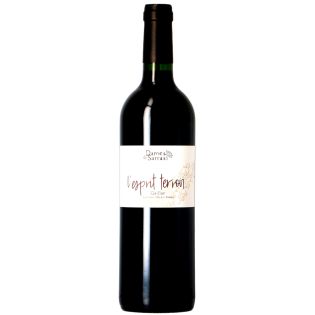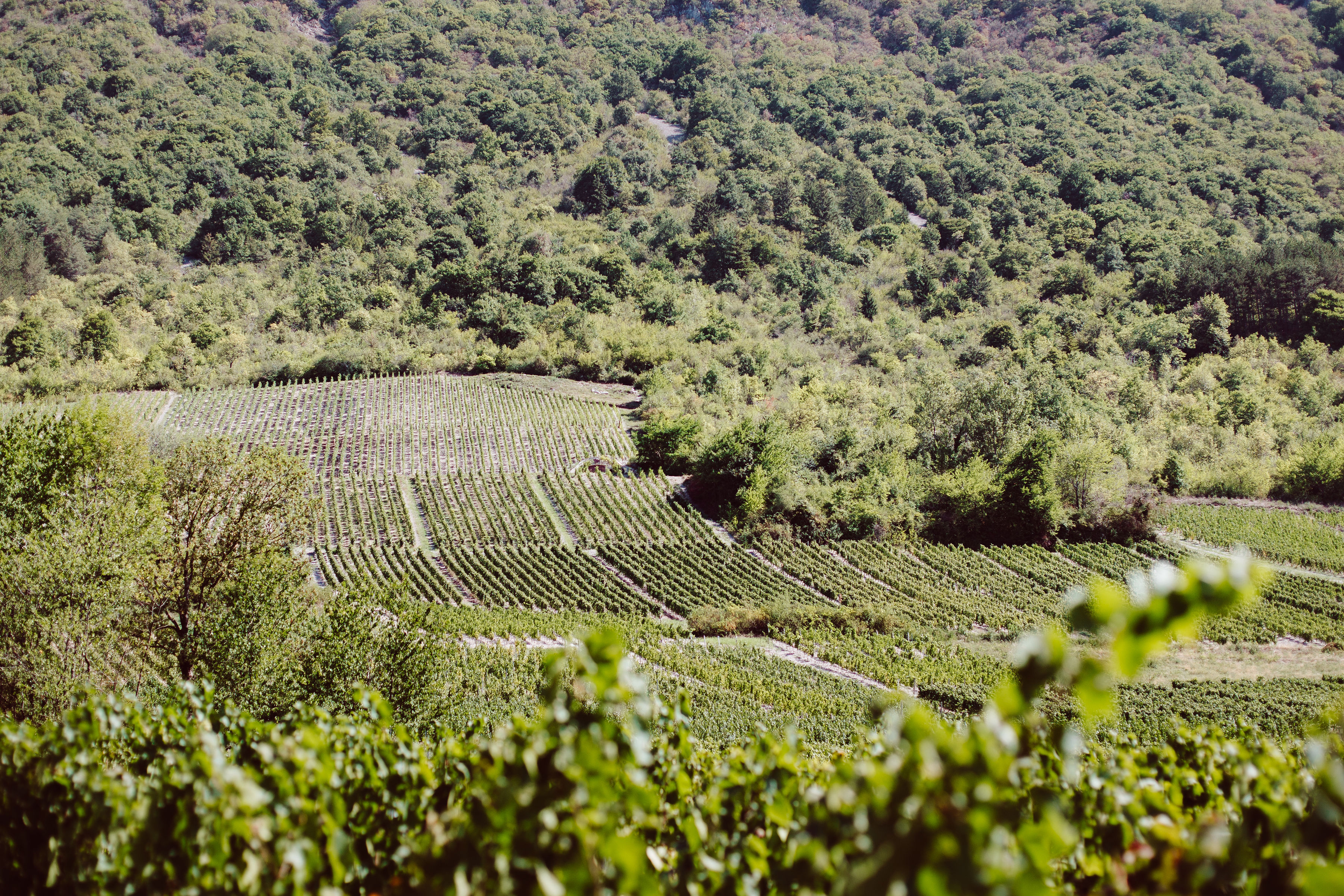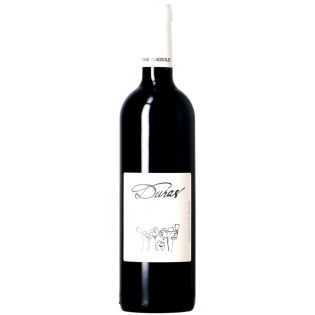Gaillac PDO

An AOC vineyard of 4,000 hectares, about fifteen grape varieties, 7 AOC wines in white, red, rosé, dry, sweet, primeur, sparkling: Gaillac resolutely plays the diversity card. And that of authenticity. Indeed, this vineyard of the South-West always promotes more the local vines: mauzac, duras, loin-de-l'oeil (or len-de-lel), ondenc, prunelart, braucol... And the winegrowers perpetuate a long inherited know-how: the Gaillac vineyard is, with côte-rôtie, the oldest in France. It invites you to take a journey through the centuries and the terroirs, a wine epic that combines diversity and quality.
General presentation of the Gaillac appellation
The Gaillac vineyard belongs to the Piedmont region of the Massif Central, a sub-region of the great vineyard of the South-West. It covers 9,000 hectares, of which 4,000 are classified as AOC. The 73 or so communes that make up the appellation are spread out on either side of the Tarn, north-east of Toulouse and west of Albi.
The terroirs are varied, as are the climatic conditions. There are several zones:
-The terraces on the left bank of the Tarn, where powerful, full-bodied red wines and fine late harvest whites are produced
-The hillsides on the right bank of the Tarn, where supple and aromatic dry white wines are produced, as well as robust and fruity red wines
-The Cordais area, to the north of the vineyard, around the magnificent village of Cordes-sur-Ciel; here, the sunny vineyards allow the production of rich and floral whites, balanced and fragrant reds, and light and fruity rosés.
-The area of Cunac, east of Albi, where the cultivation of gamay dominates and gives rise above all to Gaillac primeur red wines.
Like the AOC Châteauneuf-du-Pape, Gaillac has a large number of grape varieties, most of which are indigenous. Moreover, for several years, the wine growers have been abandoning the "foreign" grape varieties in favour of local grape varieties, better adapted, to such an extent that the specifications of the AOC are evolving.
In whites, the main grape varieties of the AOC Gaillac are mauzac (white and pink), loin-de-l'oeil, ondenc, muscadelle and sauvignon. In red, we are dealing mainly with duras, braucol (or fer-servadou) and syrah. We can also add prunelart, cabernet franc and sauvignon, gamay and merlot. Semillon is still allowed until 2028.
Characteristics of Gaillac
The Gaillac vineyards give rise to a wide variety of wines, an exceptional range of products that combine local grape varieties, ancestral know-how and terroirs of character. In this rich wine catalogue, we find
-Dry white wines: these are wines with a golden colour and green reflections. Fine and complex, they reveal an aromatic palette of green apple, pear, quince, citrus fruit, white flowers, all expressed on honeyed notes sometimes enhanced by a hint of anise.
-Pearly white wines: Pearly Gaillac wines are the heirs of the "vin bourru", a wine that is drunk during fermentation and which offers light bubbles. Their light aromas evoke green apple and citrus fruit.
-Sweet white wines: a pale yellow colour with golden reflections, while the nose reveals rich and complex aromas of pear, candied fruit, baked apple, quince paste with occasional notes of verbena, lime blossom and honey. Its wines can be aged for 15 years or more. Late harvest wines are also available.
-Sparkling wines "méthode ancestrale": mauzac is used to produce sparkling wines with fine, pleasant bubbles and aromas of green apple and white flowers.
-Rosé wines: delicate and fruity, these wines have a pretty salmon pink colour. They give off aromas of English sweets, red fruits such as currants, flowers and spices.
-Red wines: typical, full-bodied and well-balanced, these wines have a ruby red colour with purple highlights. They have aromas of red and black fruits (raspberry, blackcurrant), spices (pepper, liquorice) and violets, especially when the Syrah grape is used. Round tannins and a beautiful aromatic freshness characterise the tasting of these wines which can be kept for 3 to 8 years, or even longer.
-The primeur wines: in red, they exploit the gamay; in white, the muscadelle. They are aromatic, fruity, fine and fresh. The former are strawberry and raspberry; the latter, citrus fruits and white flowers.
How to taste a Gaillac
With a wide variety of wines, the AOC Gaillac can easily accompany a meal, especially if it calls for dishes from the region and local products. Generally speaking, they lend themselves to simple, tasty and unostentatious dishes.
-With a dry white Gaillac, prefer fish (trout fillet) and seafood (crayfish) as well as regional goat's cheese such as a rocamadour or a cabécou. At the table or as an aperitif, it should be drunk at a temperature of 10°.
-A Gaillac Perlé is ideal served chilled as an aperitif. It also goes well with seafood and Savoyard cheese dishes.
-A sweet white Gaillac is often recommended to enhance foie gras, especially if it is pan-fried. It also goes well with poularde fermière à la crème et aux morilles. Finally, it is the companion of blue-veined cheeses, such as Roquefort. It should be served at around 10-12°.
-For the aperitif or for dessert (apple pie, light chocolate...), choose an effervescent Gaillac. It also goes well with fish dishes.
-In summer, treat yourself to a rosé Gaillac. Served at around 8°, it is a very convivial accompaniment to grilled meats, salads, sunny vegetables, pizzas...
-The red Gaillac is the perfect companion for Brie de Melun. It also goes very well with ossau-iraty, old cantal or laguiole. Before cheese, this wine from the South-West is a perfect accompaniment to cassoulet, duck breast, red meat and game dishes. It should be drunk at around 16°.
-A convivial wine par excellence, the Gaillac Futures are perfect with charcuterie, fresh cheeses, roast chicken and fruit desserts.
Laissez-vous tenter... par les autres appellations !
Le vignoble

